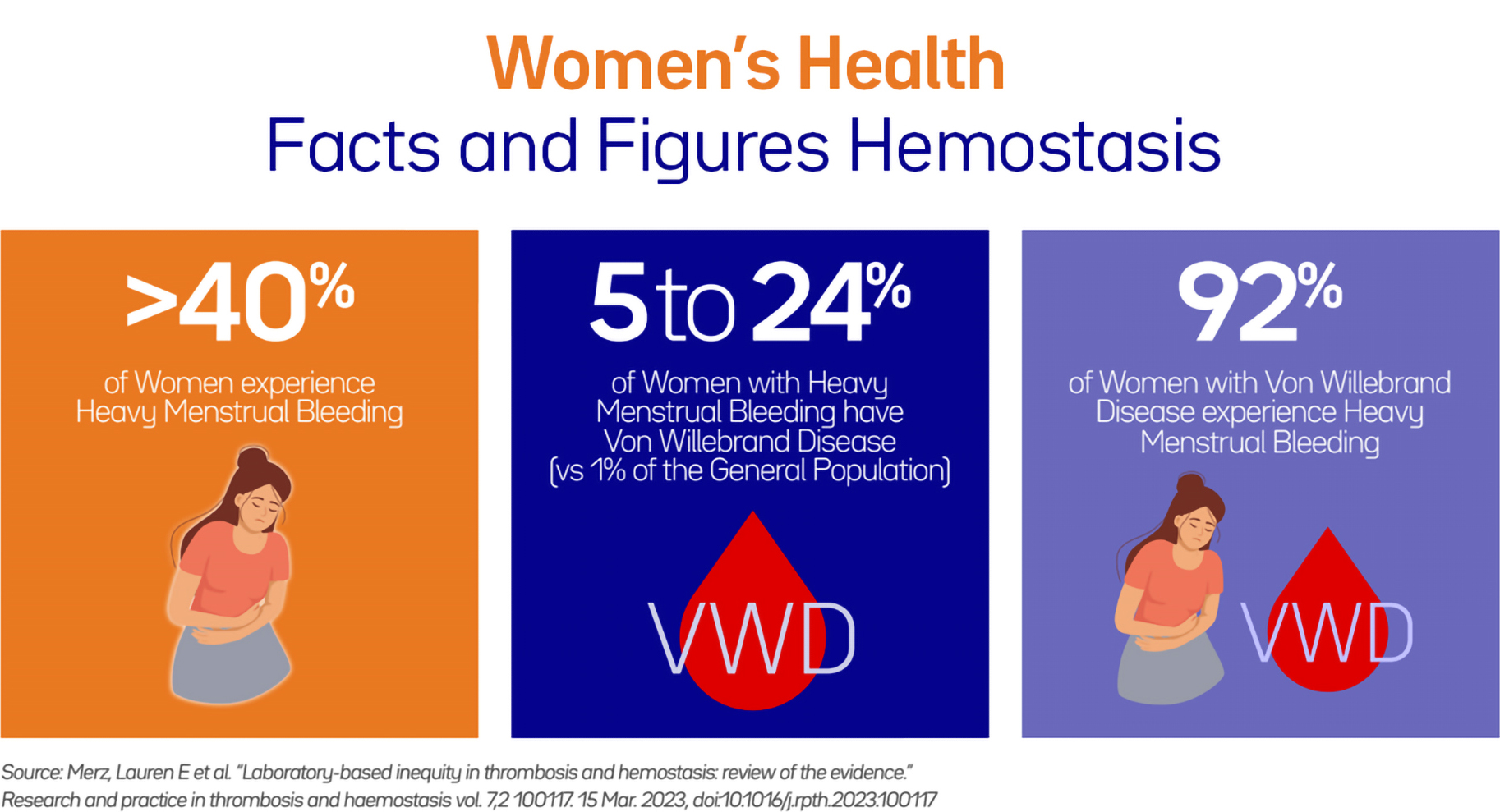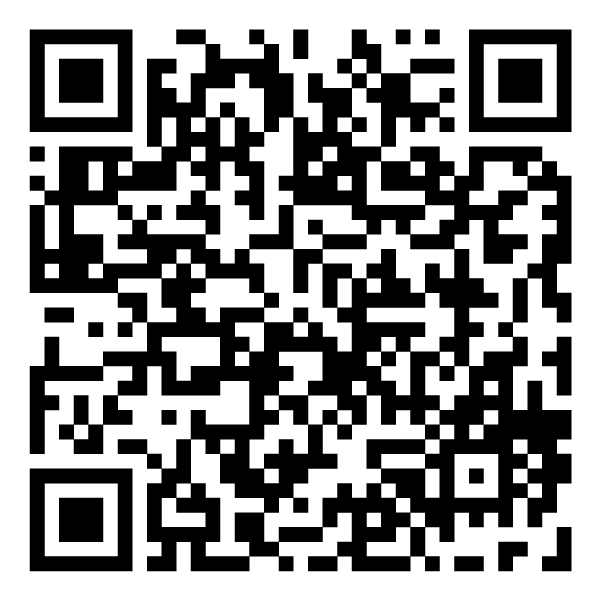Empowering Women and Girls: Understanding and Managing Heavy Menstrual Bleeding and Inherited Bleeding Disorders
Introduction
In a world where women's health often takes a backseat, addressing issues like heavy menstrual bleeding (HMB) and inherited bleeding disorders is crucial. These conditions, while common, are frequently misunderstood or overlooked, leading to significant impacts on the lives of women and girls. This article aims to shed light on these issues and empower women and girls with the knowledge to make informed health decisions.
Understanding Heavy Menstrual Bleeding
Heavy menstrual bleeding, or menorrhagia, is characterized by abnormally heavy or prolonged menstrual periods. It's not just a nuisance but a health concern that can lead to iron deficiency anemia and severely aĔect a woman's quality of life. Knowing the signs of HMB, such as soaking through one or more sanitary pads or tampons every hour for several consecutive hours, is the first step in seeking appropriate care. The Pictorial Blood Assessment Chart (PBAC), also known as the Menstrual Blood Loss Assessment Chart (MBLAC), is a semi-quantitative tool used to measure menstrual blood loss (MBL). It involves recording the type and amount of sanitary products used during each day of menstruation, along with any episodes of flooding or blood clots. The chart provides pictorial representations of the level of soaking of sanitary pads and tampons, allowing for a more objective assessment of MBL compared to self-reported bleeding experiences. The PBAC score is calculated by assigning points based on the type of sanitary product used and its degree of soaking, and the overall score can be used to classify MBL as light, normal, heavy, or excessive. This helps clinicians accurately diagnose conditions like heavy menstrual bleeding (HMB) and identify potential underlying causes.
To learn more about PBAC check this article or scan this QR Code:
The Link with Inherited Bleeding Disorders
Inherited bleeding disorders like von Willebrand disease (VWD) and hemophilia carriers are often underdiagnosed in women. These conditions can manifest as HMB, yet their connection is frequently missed. Understanding and recognizing the symptoms of these disorders, including prolonged bleeding after surgery, easy bruising, or frequent nosebleeds, is vital for timely diagnosis and treatment.

Heavy menstrual bleeding (HMB) is a significant health concern, affecting over 40% of women, highlighting the need for greater awareness and targeted healthcare interventions. Among those experiencing HMB, 5 to 24% are diagnosed with Von Willebrand Disease (VWD), a rate markedly higher than the 1% prevalence in the general population. This correlation is further underscored by the fact that 92% of women with Von Willebrand Disease report experiencing heavy menstrual bleeding. These statistics underscore the critical need for healthcare providers to consider underlying bleeding disorders like VWD in women presenting with HMB, ensuring timely and accurate diagnosis and management.
Taking Action: Steps for Awareness and Advocacy
1. Education and Advocacy
Awareness is the key to empowerment. Women and girls need to be educated about the signs and implications of HMB and inherited bleeding disorders. Advocacy for better menstrual health education in schools and communities can play a significant role.
2. Seeking Medical Advice
Encouraging women and girls to seek medical advice for menstrual concerns is essential. Healthcare professionals should be approached for proper diagnosis and management of these conditions.
3. Support and Counseling
Access to counseling and support groups can provide emotional and social support to those affected. Sharing experiences and coping strategies can be immensely beneficial.
4. Research and Collaboration
Supporting research in women's health, specifically in areas like HMB and inherited bleeding disorders, is vital. Collaborating with healthcare professionals, researchers, and patient advocacy groups can lead to better understanding and managing these conditions.
To conclude, empowering women and girls to make informed decisions about their health, especially regarding heavy menstrual bleeding and inherited bleeding disorders would create a world where women and girls are equipped to manage their health effectively.



